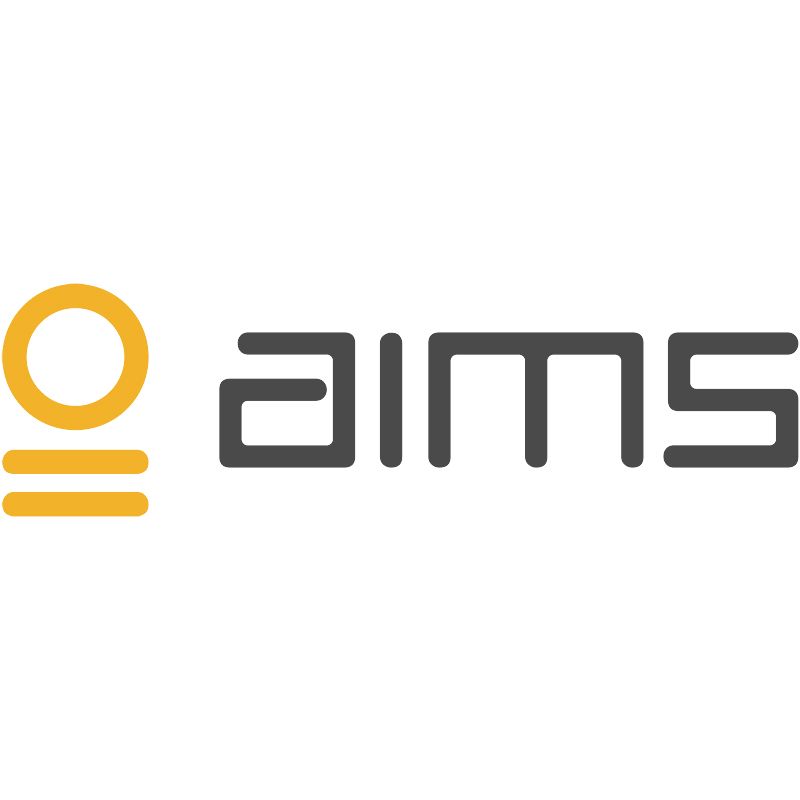190 reads
5 Building Blocks of AIOps
by
February 14th, 2022
Audio Presented by

AIMS Innovation solves the challenges of modern IT Operations with Artificial Intelligence - AIOps
About Author
AIMS Innovation solves the challenges of modern IT Operations with Artificial Intelligence - AIOps